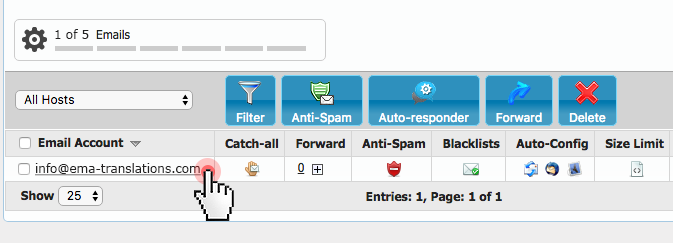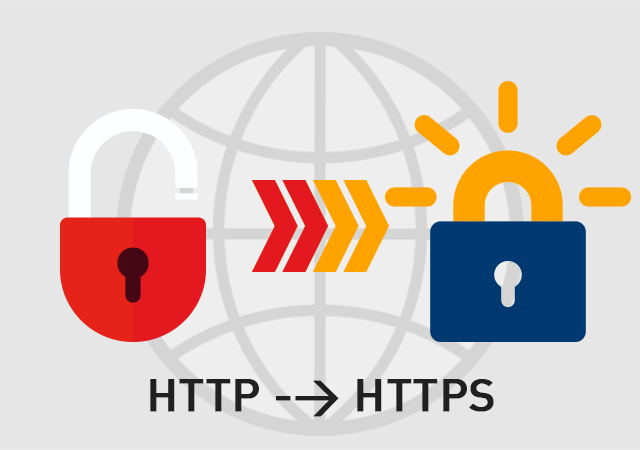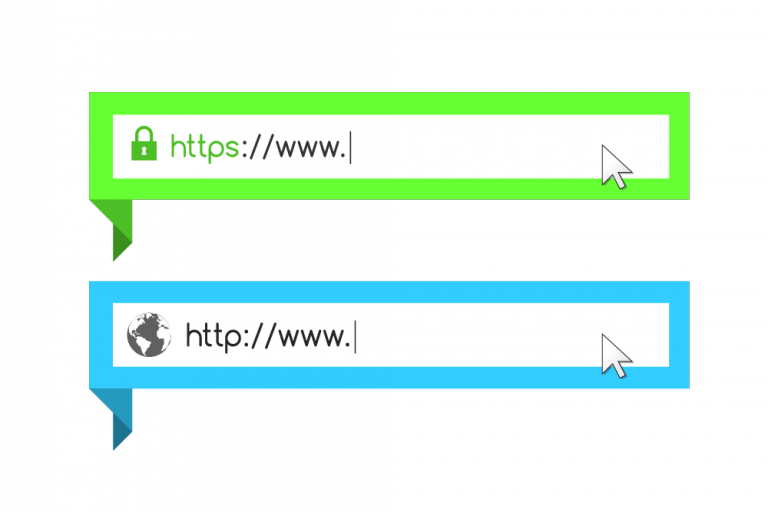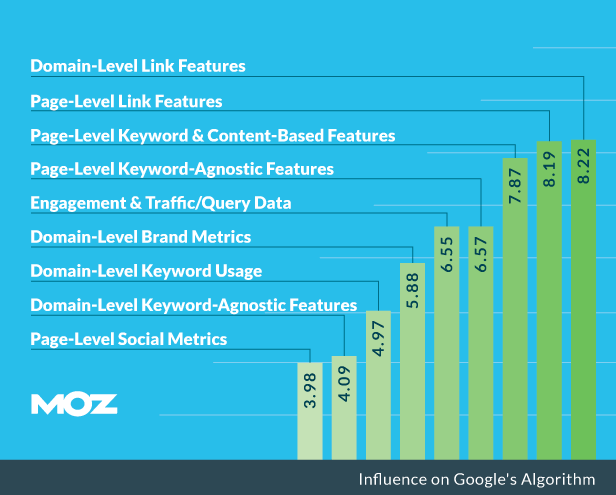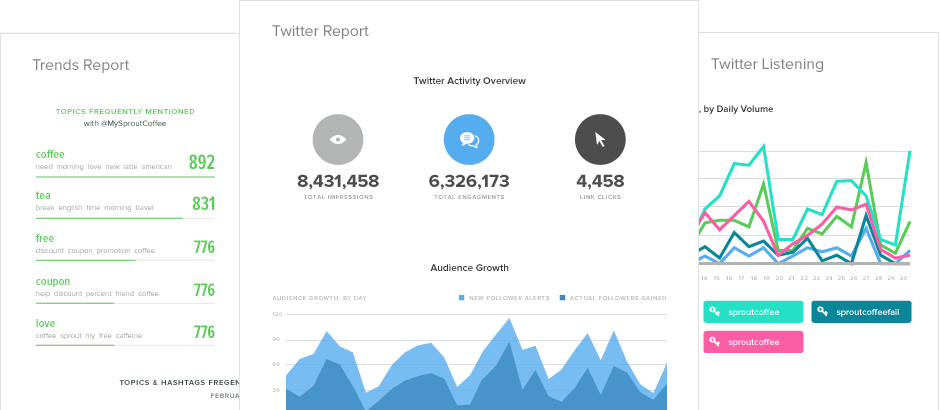Comment protéger sa boite mail des spams ?
Les spams sont des messages indésirables et non-sollicités. Si cet article est consacré aux spams reçus dans les boîtes de messagerie, le spam s’attaque à toutes les formes de communications électroniques comme les forums, les wikis, les réseaux sociaux, les sites internet ou même les moteurs de recherche.
Origine du mot Spam
Les messages indésirables seraient nommés spam depuis 1999. Selon une enquête très sérieuse de la BBC, le mot aurait pour origine un sketch des Monthy Python. Les humoristes britanniques avaient parodié une publicité où le nom de la marque de charcuterie Spam (Une nourriture assez lourde) était répété sans cesse par un groupe de vikings dans un restaurant. Un newsgroup dédié aux Monthy Python aurait vu apparaître en 1999 un fil de discussion rendant hommage à cette scène et composé uniquement de messages contenant le mot spam. Ce trait d’humour se serait répandu de newsgroup en newgroup et le mot spam serait ainsi entré dans le dictionnaire de l’internet !
Le premier Spam de l’histoire
Gary Thuerk est considéré comme le premier spammeur de l’histoire. Bien avant l’apparition du mot spam, le 3 mai 1978, cet employé de DEC a envoyé aux 600 utilisateurs d’ARPAnet, l’ancêtre d’internet, un même message les invitant à se rendre à une démonstration de son entreprise.
Ce message a été très peu apprécié des utilisateurs du réseau et a même été condamné par l’administration américaine, déjà en charge du réseau. Cette pratique avait été jugée non conforme au règlement d’utilisation.
90 % des emails sont des spams !
De nombreuses études ont été publiées ces dix dernières années sur les spams et plus particulièrement sur ceux à destination des messageries électroniques. Le m3aawg, un organisme dédié à la lutte contre le spam, a annoncé en 2010 qu’un peu plus de 80% des messages électroniques étaient indésirables et non-sollicités. L’ENISA, l’European Network and information Security Agency, avait annoncé quelques mois plus tôt que 95% des courriers électroniques étaient des spams! Des études plus récentes estiment qu’au moins 90% des emails envoyés sont des spams.
Plusieurs genres de Spams
La très grande majorité des spams contiennent de la publicité. Ces messages invitent leurs destinataires à visiter un site internet où ils devront sortir leur carte bancaire pour acheter le meilleur et le plus beau produit de la planète, et souvent à un prix battant toute concurrence.
Si les spams publicitaires sont chronophages et envahissants, ils ne sont pas dangereux. Les messages des catégories suivantes le sont.
Tout d’abord, des escrocs peuvent utiliser les spams pour extorquer de l’argent à des personnes peu averties. Les arnaques les plus fréquentes sont la promesse de la remise d’un cadeau en échange d’une somme d’argent ou la proposition d’un travail à domicile contre également une contre-partie financière, destinée généralement à de prétendus frais de dossier.
Le spam peut également être utilisé par les escrocs pour pratiquer le phishing, ou hameçonnage en français. Des messages semblant être envoyés par une banque ou un organisme de confiance demandent à l’utilisateur de se rendre sur un site internet factice où il doit saisir des informations personnelles comme par exemple un numéro de carte de crédit. Une fois les précieuses données récupérées l’escroc peut facilement voler l’identité ou l’argent de sa victime.
Le Spam est illégal
Quelque soit la finalité d’un spam, ce type de message est illégal. Une directive de l’Union Européenne, datée du 12 juillet 2002, interdit, dans le cadre de la protection de la vie privée dans le secteur des communications électroniques, l’envoi de messages commerciaux sans le consentement du destinataire.
La France, s’est appuyée sur cette directive européenne pour promulguer le 21 juin 2004 une loi pour la confiance dans l’économie numérique. Cette loi interdit purement et simplement l’envoi de spams.
Lutter contre le Spam
Ne pas mettre son adresse email sur la place publique
La première mesure à prendre quand on ne veut pas être envahi par les spams est de communiquer son adresse email uniquement à des personnes, des organismes ou des sites internet de confiance.
Une très mauvaise habitude est par exemple d’utiliser son adresse email comme signature sur un forum ou un site internet. Si l’adresse email doit impérativement être rendue public, comme par exemple sur un site professionnel, il est fortement conseillé de ne pas écrire son adresse email en claire. L’email peut être “cachée” dans une image ou être écrite de manière cryptée.
Cette protection n’est pas une fantaisie. Les spammeurs utilisent en effet des robots pour collecter en masse les adresses emails divulguées aux quatre coins de la toile.
Une autre bonne habitude à prendre est de ne pas saisir son adresse email dans le premier formulaire venu.
Une autre bonne habitude est d’utiliser plusieurs adresses email, dont certaines jetables pour les formulaires qu’on ne juge pas importants.
Trier ses messages
La majorité des spams peuvent être identifiés sans avoir à consulter leur contenu. Si vous relevez vos emails via un webmail, l’excellente habitude à prendre est de directement transférer les messages indésirables dans le dossier “spams”. Vous évitez ainsi d’ouvrir un message pouvant contenir un lien vers un site de hameçonnage et vous participez également à la détection des spams pour l’ensemble des utilisateurs. Les services de messagerie analysent en effet les messages marqués comme étant des spams. Cette base de données permet de mettre en place des filtres automatiques. Cette prévention est généralement rendue possible grâce au filtrage bayésien, un système fondé sur l’apprentissage.
Ne pas suivre les liens ou télécharger les pièces jointes d’un message suspect
Si vous avez ouvert un spam par erreur, la seule action à effectuer est de le transférer dans le dossier des spams ou dans la corbeille. Il faut impérativement ne pas suivre l’éventuel lien présent dans le message ou télécharger et ouvrir une éventuelle pièce jointe.
Le suivi du lien peut en effet permettre au spammeur de récupérer des informations personnelles. La pièce jointe peut quant à elle contenir un virus ou un cheval de troie dont l’objectif peut aller de l’installation d’un logiciel fantôme au vol de données.
Sécuriser sa boîte email avec l’installation d’un logiciel anti-spam
Les services de messagerie disposent de logiciels permettant d’assurer le filtrage des messages transmis aux utilisateurs. Si ces logiciels permettent d’éliminer de nombreux spams, les services de messagerie ne peuvent pas se permettre d’éliminer tous les messages “suspects” : leur mission est de transmettre aux utilisateurs leurs emails.
La majorité des services de messagerie ont adopté la politique suivante: ils transmettent les messages suspects aux utilisateurs mais les placent dans un dossier dédié aux spams. L’utilisateur peut ainsi sortir de ce dossier les messages de son choix.
Les utilisateurs recevant leur courrier électronique dans un logiciel de messagerie ont en charge d’installer un logiciel ou un filtre anti-spam. Ces derniers utilisent deux grandes méthodes pour détecter les spams : le filtrage d’enveloppe, où les en-têtes des messages sont inspectés afin de détecter d’éventuelles incohérences et le filtrage de contenu, où le contenu du message est analysé à la recherche d’éventuels motifs indiquant clairement qu’il s’agit d’un spam.
Maintenir ses logiciels à jour
La mise à jour d’un logiciel ou plus généralement d’un système informatique permet de bénéficier de nouvelles fonctionnalités mais aussi de la correction de bugs et de failles de sécurité. Un logiciel anti-spams doit, comme un logiciel anti-virus, être maintenu à jour par les utilisateurs afin de bénéficier des derniers filtres et protections. Il est également conseillé de s’assurer de la mise à jour automatique de la base de données des spams connus.
Conclusion
Le spam existe malheureusement depuis les premiers échanges électroniques. Si la majorité des messages indésirables sont de la publicité, certains peuvent s’avérer particulièrement dangereux et entraîner le destinataire dans un processus long et difficile pour obtenir réparation après une escroquerie.
Trois habitudes simples permettent à l’utilisateur de se protéger du spam et d’éventuels fraudes et arnaques : la transmission de l’adresse email doit être réservée à des personnes ou des organismes de confiance, la boîte de messagerie doit être sécurisée avec des logiciels anti-spam et anti-virus, et enfin les spams doivent être le plus rapidement possible supprimés ou déplacés au moins vers un dossier dédié ou la corbeille.








